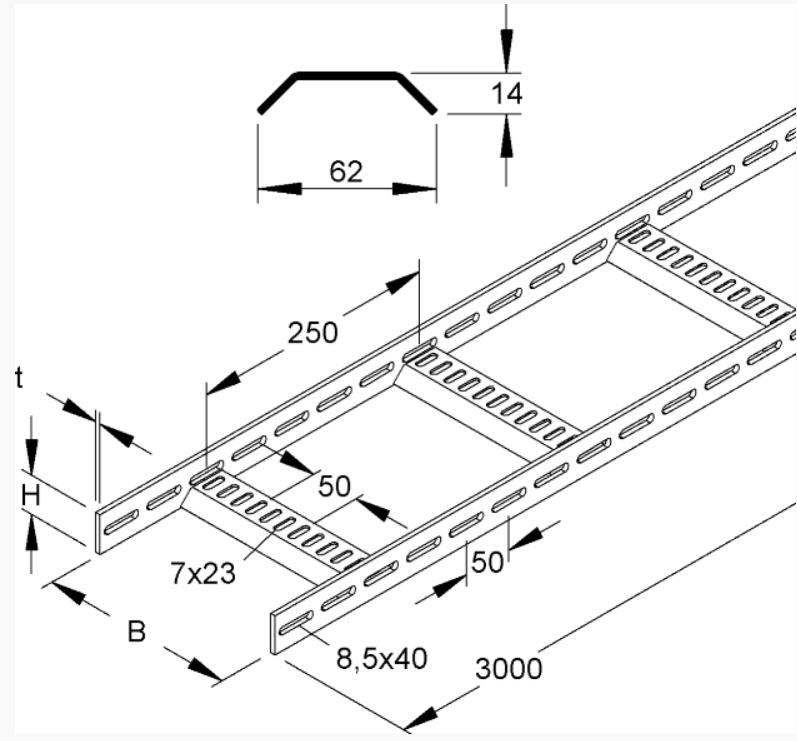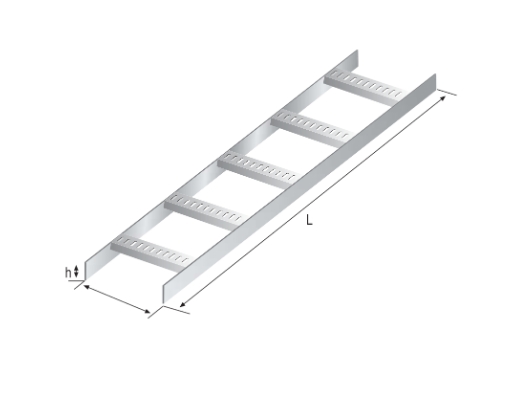Cable ladders are an important part of the electrical and data network infrastructure world. They are used to support and organize cables in a variety of environments, including industrial, commercial and residential settings. The main purpose of a cable ladder is to provide a safe and structured path for cables, ensuring effective cable management and minimizing the risk of damage or interference. This article will explore the uses and benefits of cable ladders in different applications.
Cable ladders are commonly used for cable management in buildings, factories, power plants, and other facilities where large amounts of cables need to be installed and maintained. They provide a reliable solution for supporting heavy-duty power cables, data cables and other types of cabling systems. Cable ladders are designed to bear the weight of cables and provide a stable platform for long distance cabling.
In industrial settings, cable ladders are often installed in areas where cables need to be elevated to avoid contact with the ground or other equipment. This helps protect the cables from potential damage and reduces the risk of accidents caused by tripping over loose cables. Cable ladders also make it easy to maintain and inspect cables, ensuring any issues are resolved promptly.
In commercial buildings, cable ladders are used to organize and route cables in a neat and orderly manner. Not only does this improve the aesthetics of the space, but it also makes it easier to identify and trace specific cables if necessary. Additionally, cable ladders help prevent cable congestion and tangles, which can cause signal interference and performance issues in data network systems.
In the telecommunications industry, cable ladders play a vital role in supporting the extensive cable networks required to carry voice, data and video signals. They are used to create cable paths that are both safe and convenient, allowing for efficient installation and maintenance of communications infrastructure.
One of the main advantages of using a cable ladder is its versatility. They can be customized to meet specific requirements such as different cable loads, environmental conditions and installation configurations. This flexibility makes cable ladders suitable for a wide range of applications, from indoor cable management in office buildings to outdoor installations in harsh industrial environments.
Additionally, cable ladders are designed to meet industry standards for safety and performance. They are made from durable materials such as steel, aluminum or fiberglass, ensuring they can withstand the demands of heavy-duty cable installations. In addition, cable ladders often come with accessories such as cable ties, clamps, and covers to further enhance cable management and protection.
In summary, cable ladders are an integral part of a modern cable management system. They provide reliable and efficient solutions for organizing and supporting cables in a variety of applications, helping to improve the overall safety, performance and longevity of electrical and data network infrastructure. Whether in an industrial, commercial or residential setting, cable ladders play a vital role in ensuring the smooth operation of your cable system.
Post time: Apr-17-2024



